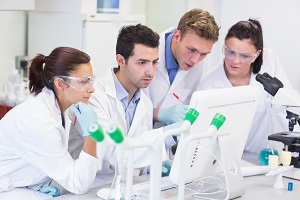One of the largest international studies on autism is underway, which also includes scientists from the City of Health and the University of Turin. The researchers analyzed the DNA of some 35,000 people, 12,000 with full-blown autism and 23,000 relatives of the same.
This allowed to shed light on the possible genetic causes of autism, which could be more than 1000. There are more than 1000 genes suspected of causing autism. Researchers used exome analysis to search for all genetic mutations related to the disease. About 30% of autism volunteers experienced at least one of the suspicious mutations. This made it possible to confirm 102 of the suspicious genes on the list. This is a huge step forward, if we consider that up to a few years ago there were only 65 genes identified.
Each of the 102 genes appears to be linked to a different form of autism. In spite of what many believe, in fact, under the heading "autism" there are a large number of conditions. For this reason, it would be more correct to speak of "autism spectrum disorders" rather than "autism" in the singular. Depending on the position on the spectrum, the symptoms and severity of the patient's condition change. One question remains: where do these mutations come from?
The mutations that emerged in the study are all de novo, therefore not present in the genetic makeup of the parents. This means that most of the spectrum disturbances are caused by random mutations.
Source: repubblica.it
Add a comment





